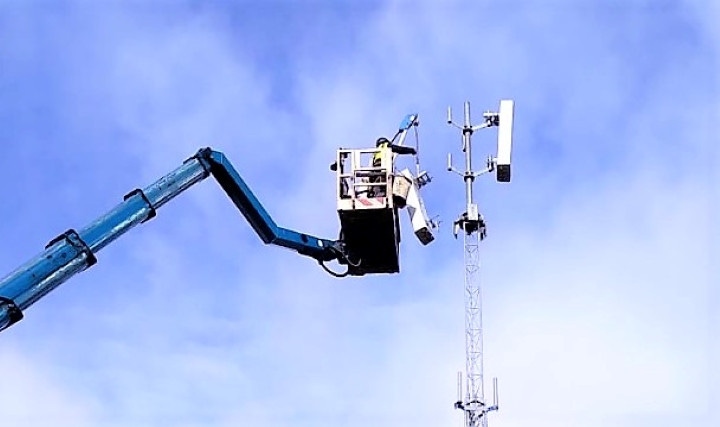Comcast has gone public with plans to use Samsung 5G radio access network (RAN) equipment to boost its mobile service, but insists it is not transforming itself into an MNO.
September 23, 2022

Comcast has gone public with plans to use Samsung 5G radio access network (RAN) equipment to boost its mobile service, but insists it is not transforming itself into an MNO.
The US cable operator made it quite clear that it will deploy its own kit in key areas only, using the CBRS and 600 MHz spectrum it picked up over the past five or so years, to give its Xfinity Mobile MVNO service a boost.
“We have no plans to build out a full national wireless network, rather, where it makes sense, we plan to selectively deploy our own 5G radios in dense, high-traffic areas of the markets we serve today,” said Tom Nagel, Comcast’s SVP, Wireless Strategy, in a blog post accompanying the news announcement.
Nagel did not go into further details on locations, other than to say that Comcast’s spectrum holdings cover 50% of the US population – and 80% of the homes passed by its cable network – and these are the areas it will focus on, naturally.
“Because we know where Xfinity Mobile and Comcast Business Mobile customers use the most cellular data, we now have the option to economically deploy additional 5G capacity to better serve our customers and deliver even more value through our mobile service,” Nagel said.
Samsung will provide radios for CBRS and 600 MHz frequencies, baseband units, and a newly developed 5G CBRS Strand Small Cell that can be mounted on Comcast’s existing aerial cable lines.
As the South Korean vendor explains, the small cell product enables “cable operators like Comcast” – touting for more business there, perhaps; Comcast wasn’t the only cableco to pick up CBRS spectrum in 2020 – to use their DOCSIS infrastructure to provide 5G without having to build or buy additional cell sites. Essentially, it integrates baseband, radio and antenna into a single compact unit and comes with a DOCSIS 3.1 modem for backhaul, as well as being DOCSIS 4.0 ready.
The small cell supports bandwidth of up to 80 MHz across the whole CBRS spectrum, as well as providing dynamic configuration capabilities to meet operators’ power consumption requirements, Samsung says.
Crucially, it’s a cost-saver. It enables service providers to use their own CBRS spectrum, rather than buying it in from an MVNO host operator…which is the point of the overall deal, 5G radios included, of course. There are some high-traffic areas where having your own equipment makes a lot of sense.
Comcast’s Xfinity Mobile service, which it launched just over five years ago, runs on Verizon’s network. In that time it has signed up 4.5 million users, which is not a huge number compared to the broader US market or indeed to the firm’s overall customer base; its residential customer relationships numbered 31.9 million at the end of June. But it is clearly looking to expand.
“As we look ahead, we’re excited about the possibilities of what our mobile experience can deliver,” Nagel said. “Our capital-light approach to expand 5G connectivity in places where our customers need it most is an additional way for us to further build upon this early success.”
With a base of just a few million, that capital-light aspect is crucial. And Comcast is not the only operator for whom that is the case, which could be good news for Samsung.
Get the latest news straight to your inbox. Register for the Telecoms.com newsletter here.
About the Author(s)
You May Also Like








.png?width=300&auto=webp&quality=80&disable=upscale)


_1.jpg?width=300&auto=webp&quality=80&disable=upscale)


.png?width=800&auto=webp&quality=80&disable=upscale)